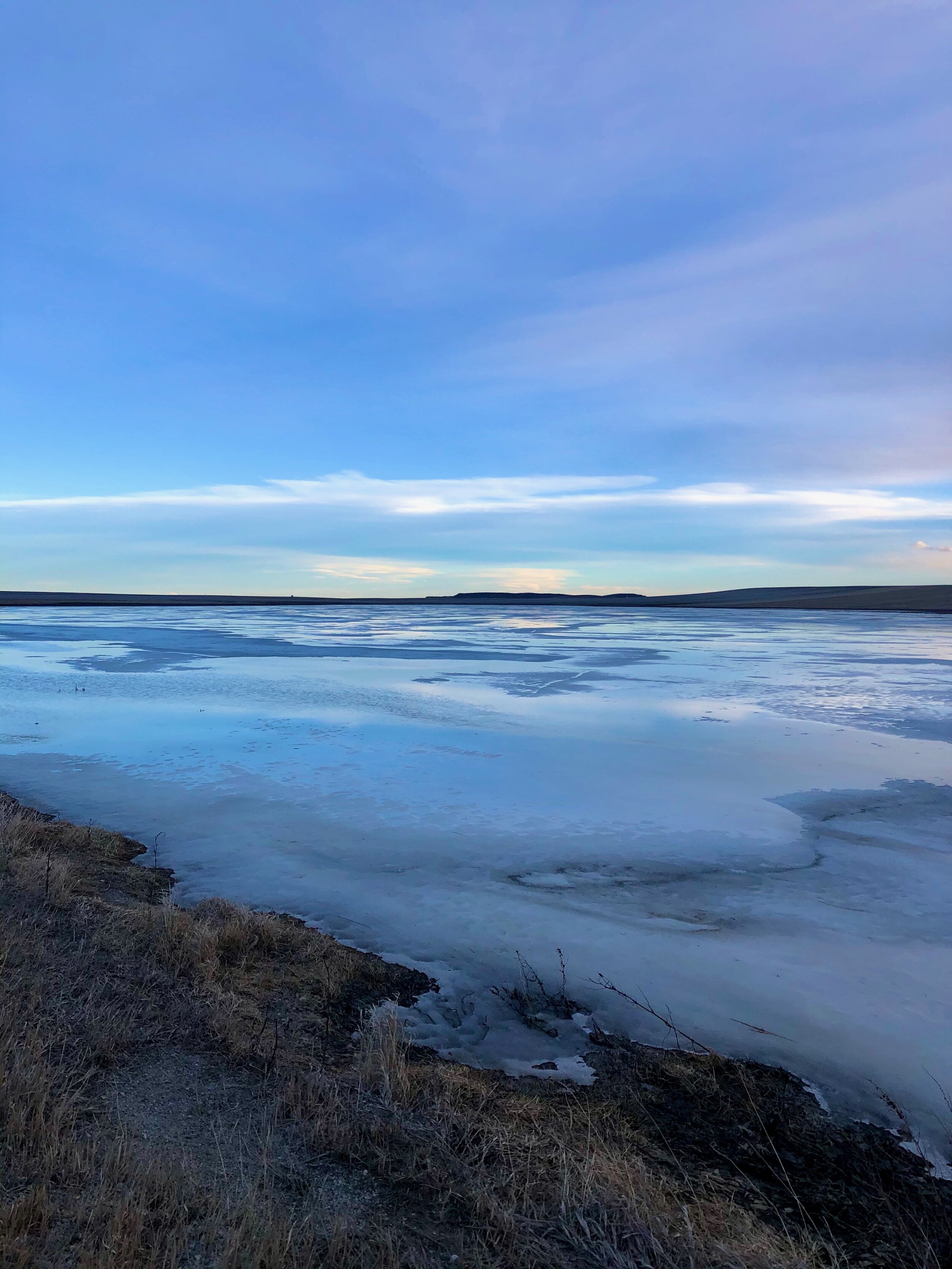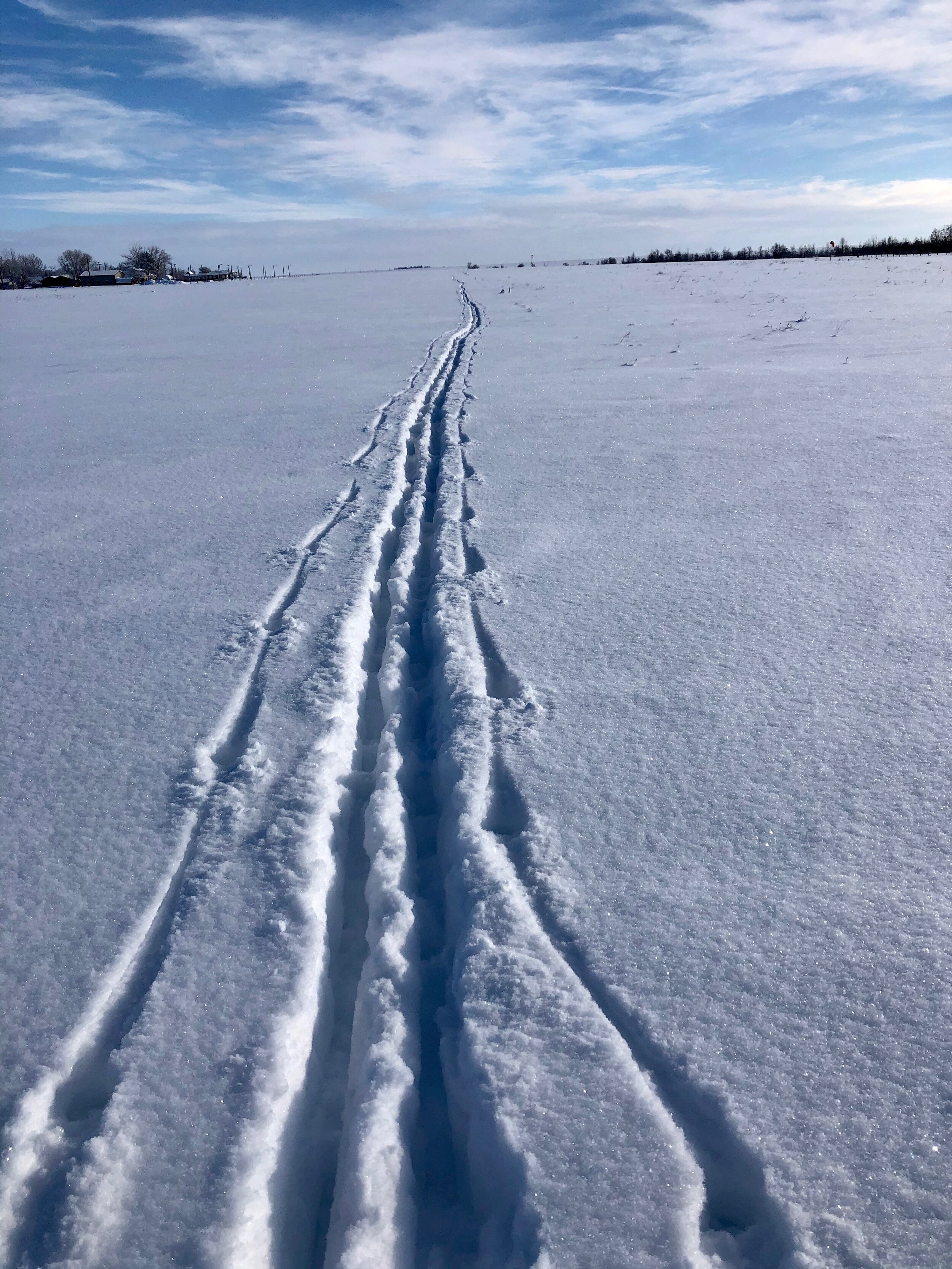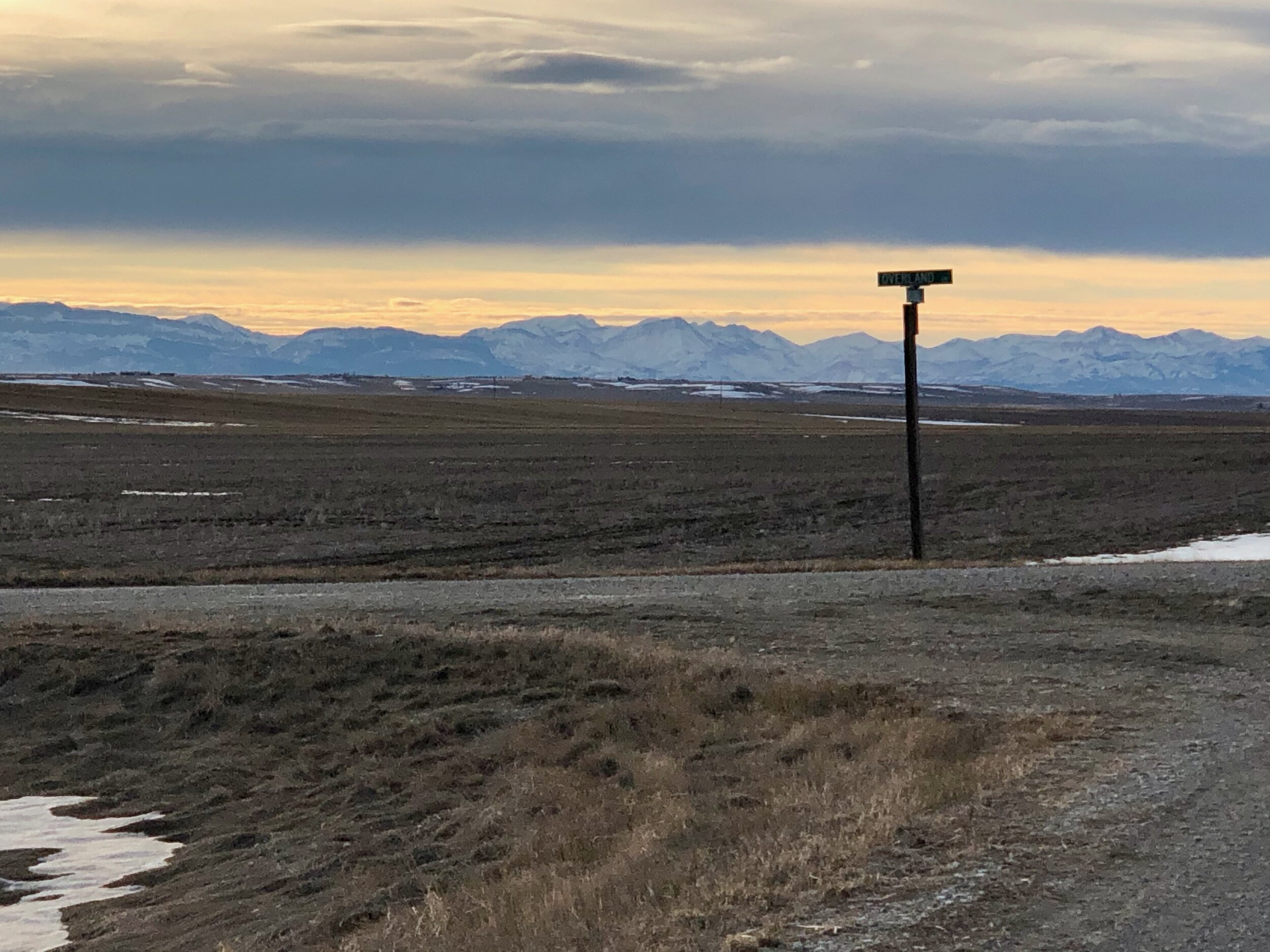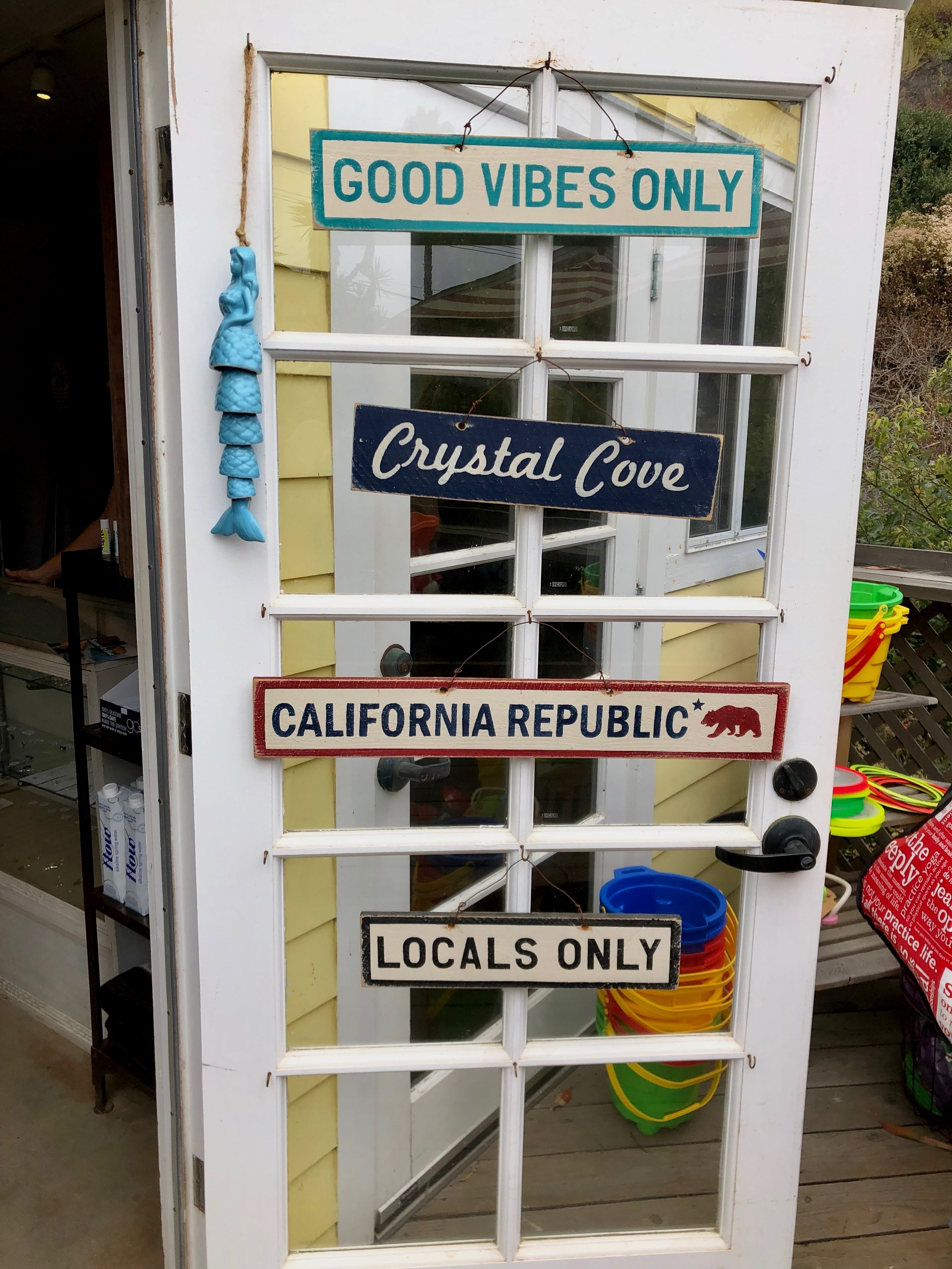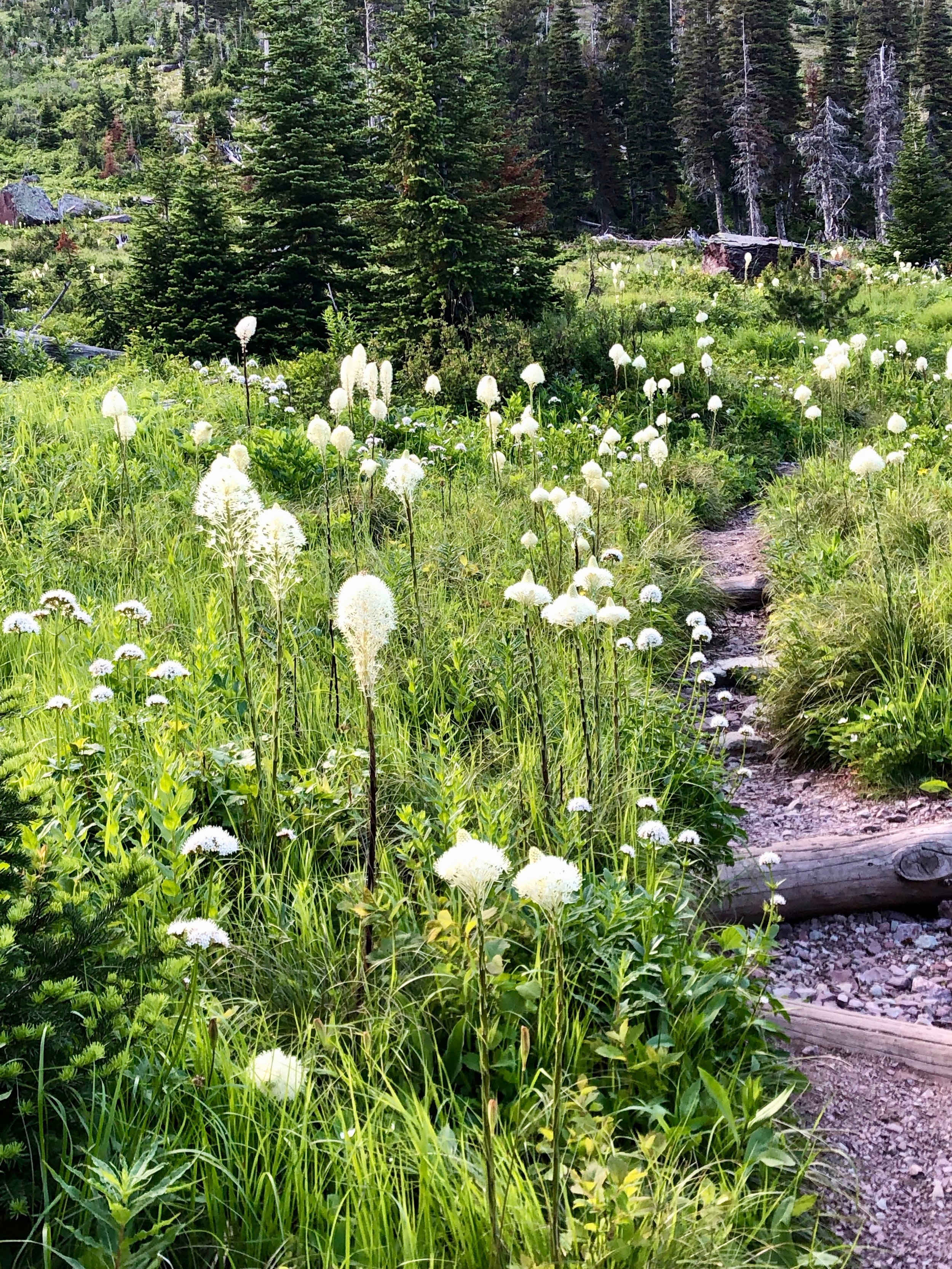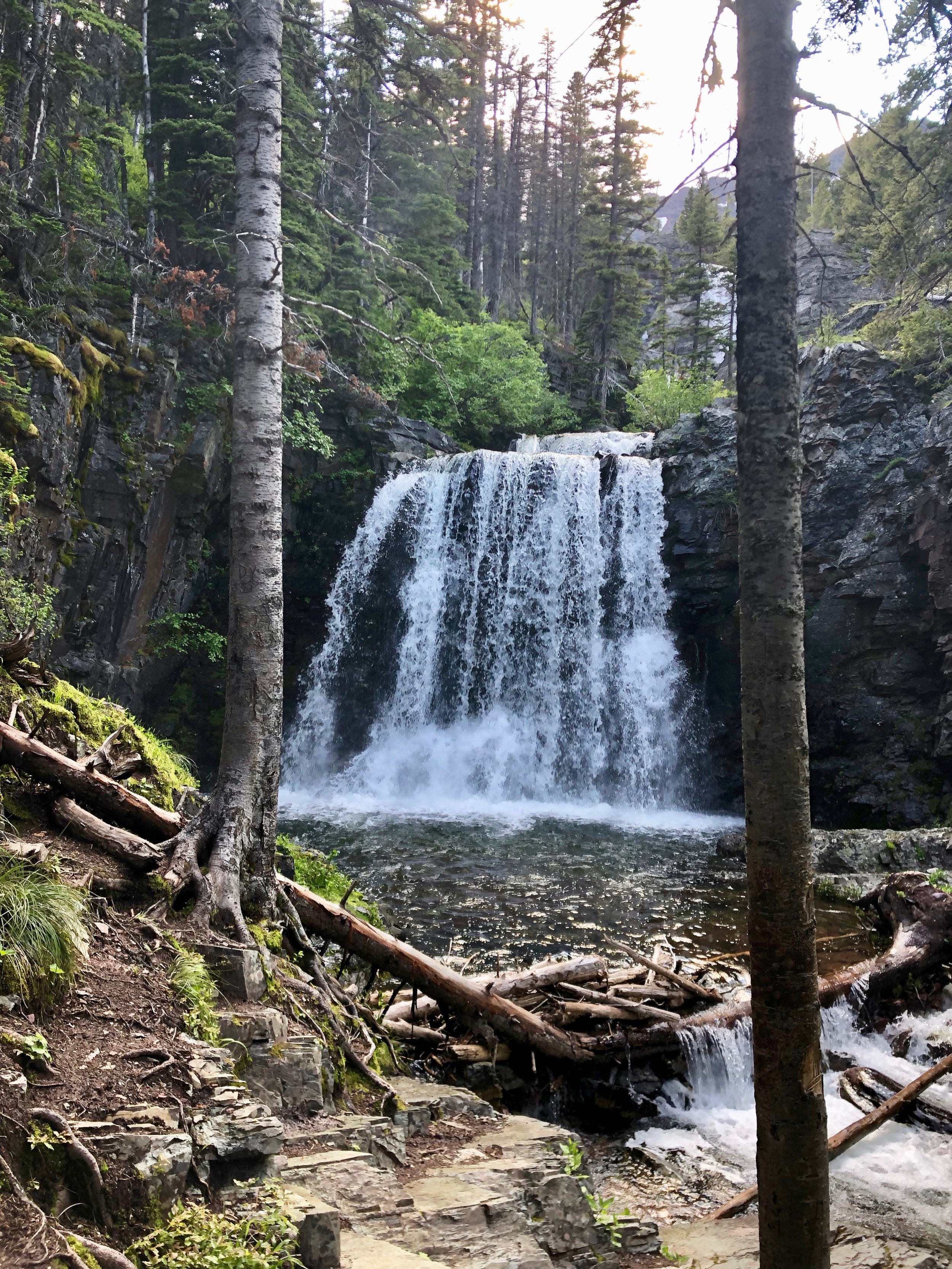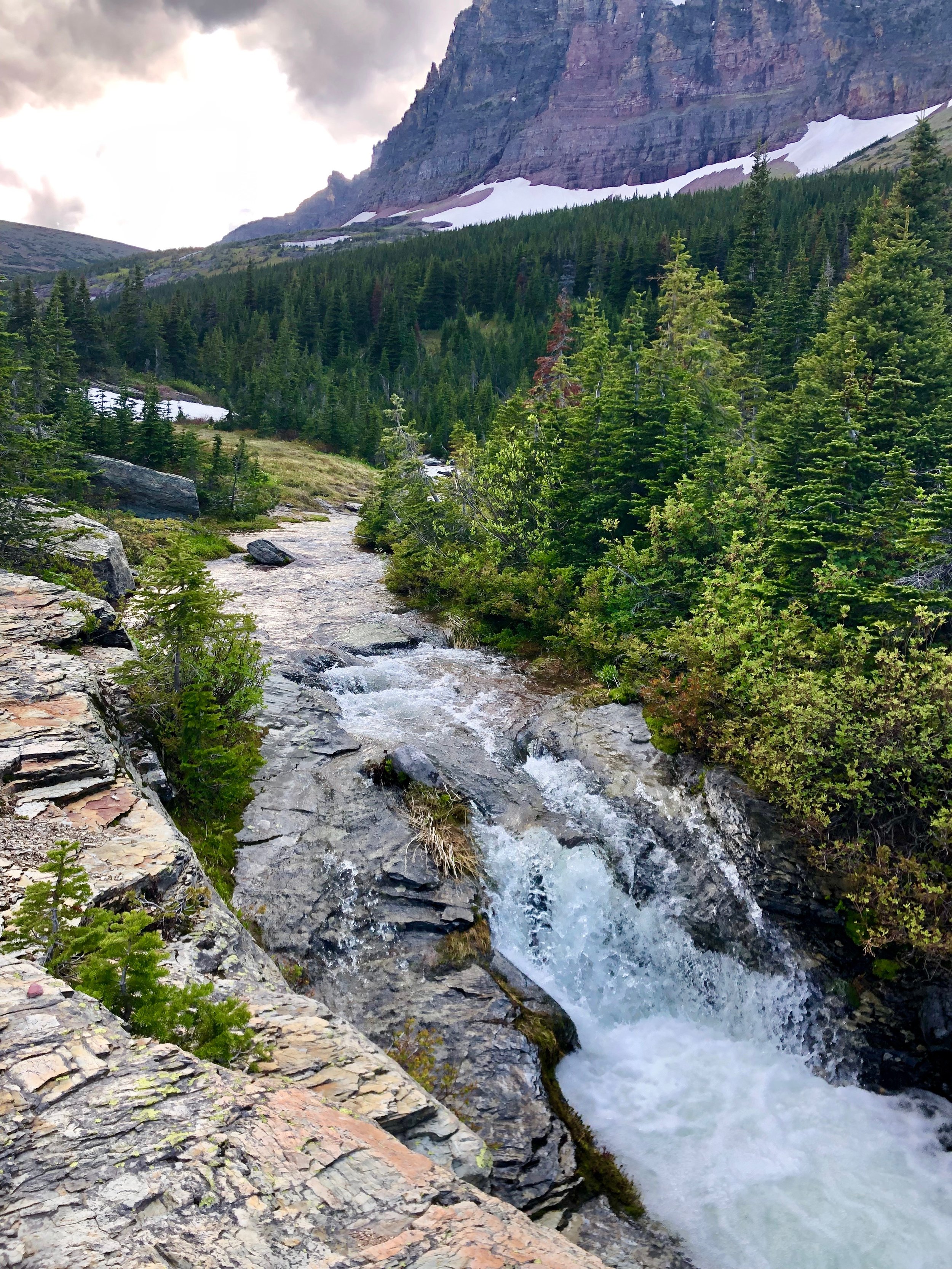Before our 10 day adventure to the Shetland Islands, I spent months researching, reading and watching YouTube channels about Shetland so that I could decide how to spend our time on the island. Honestly, this was almost the best part!
A few beliefs guided me:
Travel is better when you go deep. We could have tried to do all of Scotland, or added Orkney or added highlights in England, Wales, Scotland, and Shetland in two weeks. But what I find is that when you try to skim over places instead of going deep, the experience ends up feeling like drinking skim milk. You’re just not satisfied at the end. I wanted to go deep with Shetland, to really experience what I could with the place, and I encourage you to do the same.
Travel is better when you plan it yourself and go alone (or as a couple). Now listen, I know the majority of travelers do not venture alone. They go on a cruise, or a bus tour, or with a group and a guide of some sort. They do that because it saves time in the planning stages. Plus they have an instant guide. It feels safer. It may even be cheaper. Those are good reasons. However, it’s not an adventure if everything feels safe (like Disneyland) and it only becomes an adventure if something terrible happens and you survive it (think Titanic). Travel is a great way to grow, and you won’t grow if you stay in your comfort zone, so do it alone if you can or with a partner or a friend so you can grow!
Travel is better when you learn something while you’re there. Here’s the thing. If you just want to go drink a cocktail on a beach somewhere, that is okay. We Americans spend way too much time working and as a result a lot of us are burnt out and just need a mental vacation for a while. However, travel can be so much more fun if you decide you’re going to use it not only to take a break, but to learn something new. Your brain will thank you for it. Decide you want to know something about the place (every place has a history), its culture, its wildlife, its architecture, its food, its language, its people. Once you know more about what you really want to learn about that will help guide the planning of your trip.
With that said, here is a suggested 10-Day itinerary for the Shetland Islands based on our latest experience, and what we would like to do when we go again (which I hope is soon).
Day 1: Fly into Sumburgh, explore Sumburgh Head
Shetland has three airports, but the main airport is at the very southern tip of the island. It’s easy to get in and out of because it’s tiny, and there is a nice restaurant in the airport.
We arrived from a connector flight from Inverness, Scotland. You can take a ferry and it will be less expensive, but it will add 12 hours to your trip. The flight from Scotland is only an hour, that’s why I recommend the flight. When you have limited time, it’s worth the money to fly.
Check in at the Sumburgh Hotel, just a five minute drive from the airport. Make sure and get reservations at the hotel for dinner. The food is excellent and there is nowhere else to eat nearby.
At the hotel doorstep is one of the finest archaeological sites in Shetland, called Jarlshof. Budget about an hour to fully explore the ruins of centuries, take photos of the Shetland ponies nearby, and learn about the ancient history of the island.
Then drive the one lane road up to the Sumburgh Head Lighthouse, and look for puffins and other rare sea birds.
Finally, end your day with a short walk around the Ness of Birgi to the remains of an Iron Age settlement.
Day 2: Walk the Tombolo to St. Ninian’s Isle and take the Storm Petrel Tour of Mousa Broch
St. Ninian’s Isle is a short drive from Sumburgh Hotel, and one of the most scenic walks on the island. It will take you a few hours to explore the Tombolo beach, St. Ninian’s Isle, and the ruins on the Isle. Take care with the arctic skuas and raise your hand high if you find large birds suddenly attacking you.
Mousa Broch is worth seeing at any time, but if you can get on a dusk tour in June to see the storm petrel birds return from many days feeding at sea to their nests in an ancient Scottish broch, it will be well worth your time. Just know that you likely won’t get back to your hotel until 1 or 2 a.m. in the morning and book your tour well in advance of your trip.
Day 3: Sea Kayak the Shetland Coast and Explore Scalloway, the Ancient Capital of Shetland
Our half day of sea kayaking was an exciting, fun adventure, and Sea Kayak Shetland caters to beginners. If the weather is not in your favor, and your trip is cancelled, then reschedule for another day and spend some time at one of the local leisure centers or find a scenic walk nearby in the book, Walking On The Orkney and Shetland Isles by Graham Uney.
Scalloway is a short drive from Lerwick, and is the colorful, ancient capital of Shetland. Explore the local castle and museum, and have dinner at the Scalloway Hotel.
Day 4: Take a Walking Tour of Lerwick and go to Mareel Arts Centre
My favorite thing to do in large, historical cities is to take a walking tour (preferably a ghost tour) and Lerwick has a number of tours to choose from including both a wildlife boat tour and a walking tour around Lerwick. We had a blast with Les Sinclair from Roundabout Shetland. Try to time your trip to Lerwick on the weekend so you can take in a show, or see some live music, and experience the arts. A good place to do that is at the Mareel Arts Centre.
We loved two coffee shops in Lerwick: Peerie Shop Cafe and Fjara Cafe and Espresso Bar. Both of them had excellent gluten-free options (including gluten-free bread). From Fjara you can walk over by the grocery store Tesco and sometimes see grey seals as well. There is also gluten-free fish and chips served at Harbour Fish and Chips in downtown Lerwick.
Day 5-6 : Go to an outlying island for a few days: Fetlar, Bressay and Noss, Foula, Papa Stour, the Skerries, or Fair Isle
We decided to go to the island of Papa Stour off of the West Coast for several days because we wanted to go somewhere really remote while on Shetland. Plus, it was one place I could find accommodation (there is an AirBnB there). However, there are a number of outlying islands that are well worth exploring to get a flavor of Shetland. You can get help planning your trip at the all encompassing website about Shetland that goes over each area.
Day 7: Explore the Wild West Coast
The lighthouse at Eshaness, the walk around Muckle Roe, and the coastal walk at Sandness were some of our favorite experiences on Shetland. The west coast is more remote and the waves can be seen crashing into the cliffs and rocks there. Plus, do not miss the most northerly fish and chips shop in Britain in the town of Brae. Frankie’s Fish and Chips is a must-stop! Call ahead if you’re gluten-free. They have a dedicated fryer.
Day 8: Have fun in Yell
Yell is a beautiful island that often gets missed because people are too busy trying to get through it to get north to Unst. Stop at the Old Haa Museum for tea, visit the shops at Aywick, and have coffee and dinner at LJ’s Diner & Pizzeria in Mid-Yell. Check the Lerwick newspaper for local events. We were there when Yell was hosting a Regatta and there were games, music, and food for all comers.
Day 9: Visit Hermaness National Nature Reserve on Unst and become a Viking.
Unst was the most touristy island we visited on Shetland but you can see why when you climb the hill at Hermaness and see thousands of sea birds flying off the cliffs. It’s spectacular. Do not rush the experience. It’s well worth spending every minute with all of the puffins and other birds.
On the way to the northernmost part of the island stop and visit the Viking replica ship and longhouse along the side of the road and get coffee and refuel at The Final Checkout shop and restaurant in Haroldswick.
Day 10: Return South
It doesn’t take long to cross Shetland, no matter which way you go, but there are ferries involved when you go island to island so make sure that you have a solid day to travel south before you fly out just in case any unexpected trip hiccups slow you down.
One thing to note. Shetland rental cars do not come with spare tires, so that’s also a consideration when traveling. If you’re traveling by car to one of the outer islands, try to do so mid-trip so that you have plenty of time to repair your vehicle if anything goes wrong. You’ll also want to plan for weather delays or fog if flying. But otherwise, everything should be grand!




